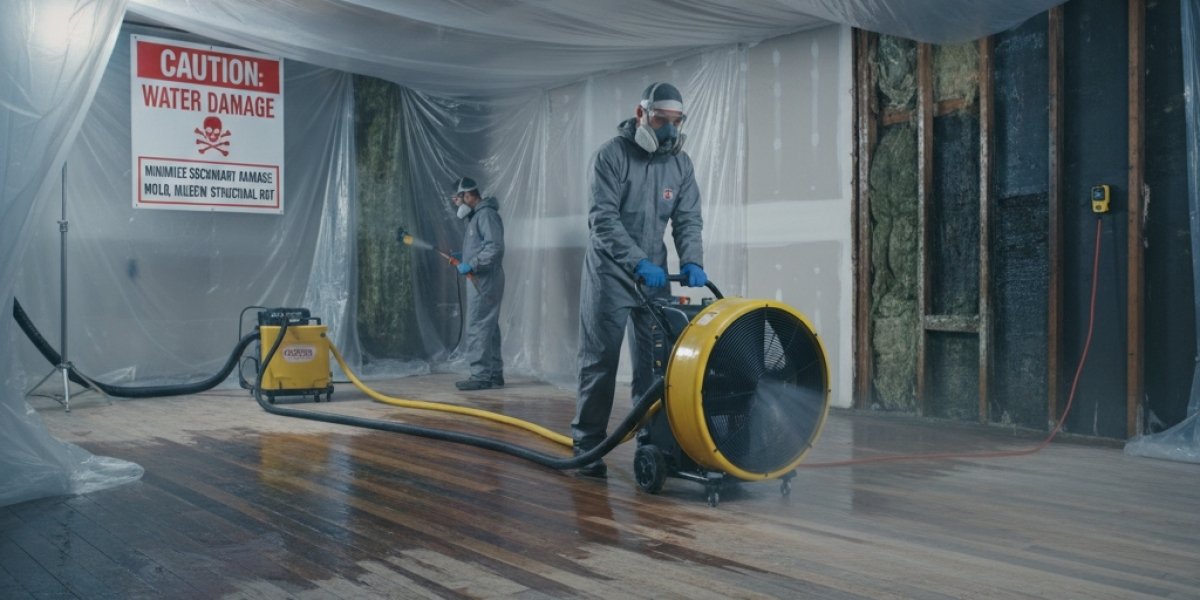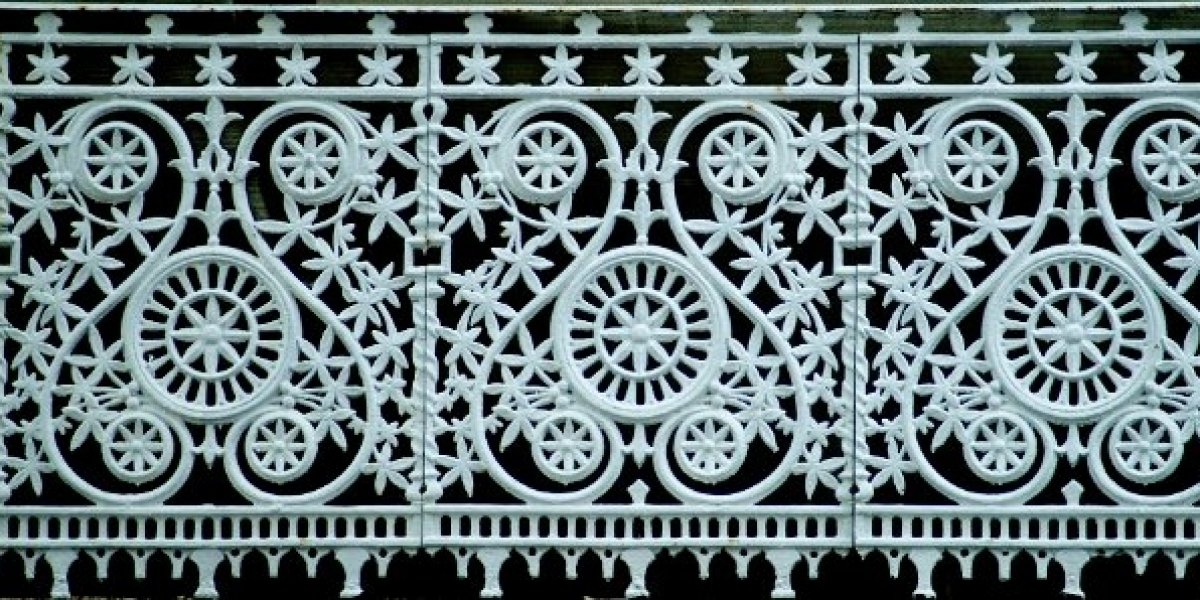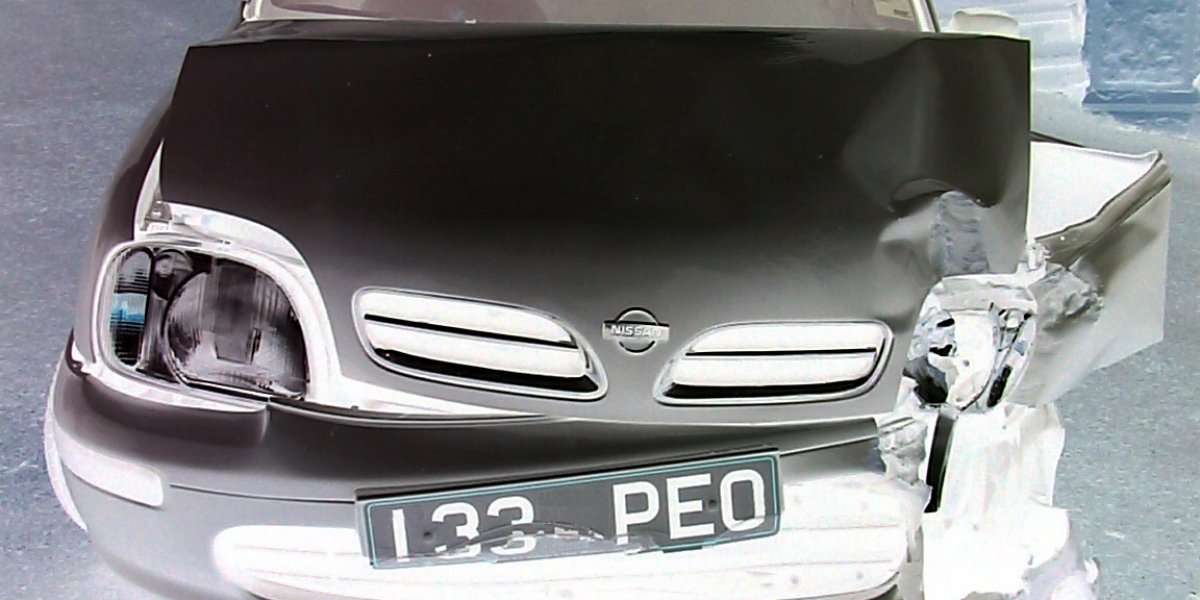When a water disaster strikes your home, the visible damage is often only the beginning. What follows — mold growth, mildew, and even structural rot — can silently eat away at your property long after the initial cleanup. Preventing this hidden damage isn’t just about drying things quickly; it’s about knowing what happens behind the walls, under the floors, and in the air you breathe. If you act fast and take the right steps, you can protect your home and your health. For residents dealing with flooding or leaks, it’s wise to start with professional water damage restoration Austin to stop the problem at its source.
Understanding Secondary Damage
Secondary damage happens when moisture remains in materials long after the visible water is gone. It’s what occurs after the first phase of water intrusion — when the soaked carpet dries but humidity lingers, when wall cavities trap damp air, and when unseen moisture feeds bacteria and fungi.
Water has a way of seeping into cracks, corners, and joints, and if left unchecked, it creates the perfect breeding ground for mold and mildew. Over time, even sturdy materials like wood, drywall, and insulation can rot or weaken. Secondary damage often appears weeks after the initial incident, turning a small cleanup job into an expensive repair.
The Early Signs You Shouldn’t Ignore
Spotting the warning signs early can save time and money. Here’s what to watch for:
Musty Odors: A lingering damp smell means moisture is still trapped somewhere.
Discoloration: Dark patches or yellow stains on walls and ceilings signal water seepage.
Peeling Paint or Bubbling Walls: These indicate moisture beneath the surface.
Warped Floors: Wood and laminate absorb moisture and swell if not dried quickly.
Condensation or Humidity: If your home feels damp or sticky, excess moisture is still present.
These signs may seem small, but they’re the early whispers of a bigger issue.
Step 1: Act Quickly and Contain the Water
Time is everything when it comes to minimizing damage. Once you notice standing water or damp areas, stop the source immediately. Shut off valves, patch leaks, or turn off the main water supply if necessary.
Use towels or a wet vacuum to remove standing water as soon as possible. The longer water sits, the deeper it seeps into flooring and walls. Move furniture, rugs, and valuables to a dry space to prevent further exposure.
If flooding covers a large area or has soaked into structural materials, professional restoration experts have industrial-grade equipment designed for fast extraction and deep drying.
Step 2: Dry Thoroughly and Manage Humidity
Drying the area completely is the next priority. Air movers, fans, and dehumidifiers help speed up evaporation and prevent moisture from clinging to materials. Open windows and doors to improve air circulation if outdoor humidity is low.
Dehumidifiers are essential, especially in humid climates. They draw moisture out of the air, making it harder for mold to grow. Run them continuously for several days and monitor humidity levels — ideally, indoor humidity should stay below 50%.
If water has soaked into wall cavities or under flooring, specialized drying systems may be needed. Professionals use moisture meters and infrared cameras to detect hidden damp spots you can’t see.
Step 3: Clean and Disinfect All Surfaces
Even after drying, bacteria and mold spores can remain. Cleaning and sanitizing all affected surfaces reduces the chance of secondary contamination. Use disinfectants that are safe for household surfaces but effective against mold and mildew.
Wipe down walls, floors, and furniture with a mild bleach solution or commercial disinfectant. Pay extra attention to porous materials like carpets, curtains, and upholstered furniture — these often need professional cleaning or replacement.
Always wear gloves and masks during cleaning to avoid contact with mold spores or chemical irritants.
Step 4: Inspect and Repair Structural Components
Once the space is dry and sanitized, inspect the affected areas closely. Look for signs of rot in wooden beams, flooring, and wall studs. Even small sections of soft or darkened wood may indicate deeper decay.
Drywall that has been wet for more than 48 hours often needs replacement, as it can harbor mold inside. Insulation may also lose effectiveness after water exposure and should be replaced if saturated.
If the damage extends beyond surface materials, structural repairs might be required. Contractors experienced in water restoration can evaluate whether sections of flooring, wall framing, or substructures need reinforcement or replacement.
Step 5: Prevent Future Moisture Problems
Once you’ve handled the immediate crisis, take steps to prevent it from happening again. A few preventative actions can go a long way:
Maintain Gutters and Downspouts: Clear them regularly to direct rainwater away from the foundation.
Seal Windows and Doors: Check for gaps where rain can enter.
Insulate Pipes: Prevent winter leaks from frozen pipes.
Use Exhaust Fans: Vent bathrooms and kitchens to reduce indoor humidity.
Install a Sump Pump: Especially in flood-prone areas, this can prevent basement flooding.
Regular home inspections and quick attention to leaks are the best defenses against recurring water issues.
Step 6: Handle Mold the Right Way
Mold is one of the most persistent and damaging results of secondary water damage. It can begin growing within 24 to 48 hours of water exposure, spreading quickly through the air.
If you notice visible mold growth or experience allergy-like symptoms indoors, it’s time to bring in professionals. DIY cleaning might handle small surface spots, but extensive infestations require specialized removal and containment to prevent spreading spores throughout your home.
Professionals use HEPA filtration systems, negative air pressure, and safe cleaning agents to remove mold colonies thoroughly. For trusted Mold Removal Services in Texas, choose experts who understand how to address the root cause, not just the visible growth.
Protecting Your Home’s Value and Health
Water damage and its secondary effects aren’t just an inconvenience — they can affect your property’s value and your family’s health. Mold exposure can trigger respiratory problems, allergies, and long-term health issues, especially in children and seniors.
Taking early action not only saves you money but also protects your living environment. Regular maintenance, professional inspection after leaks, and proactive moisture control can keep your home safe and comfortable for years to come.
Frequently Asked Questions
1. How long does it take for mold to grow after water damage?
Mold can start growing within 24 to 48 hours after water exposure. Quick drying and dehumidifying help prevent this.
2. Can I clean mold myself?
You can clean small spots with mild bleach or vinegar, but larger or recurring mold growth should always be handled by professionals.
3. What happens if water damage isn’t fixed right away?
Unaddressed moisture can lead to structural rot, mold, and permanent damage to walls and flooring. The longer you wait, the more costly the repairs.
4. How do professionals find hidden moisture?
They use moisture meters and infrared cameras to detect dampness behind walls, under floors, and in ceilings.
5. What should I replace after a flood?
Items like carpets, insulation, and drywall are often unsalvageable if they’ve been soaked for over 48 hours.








